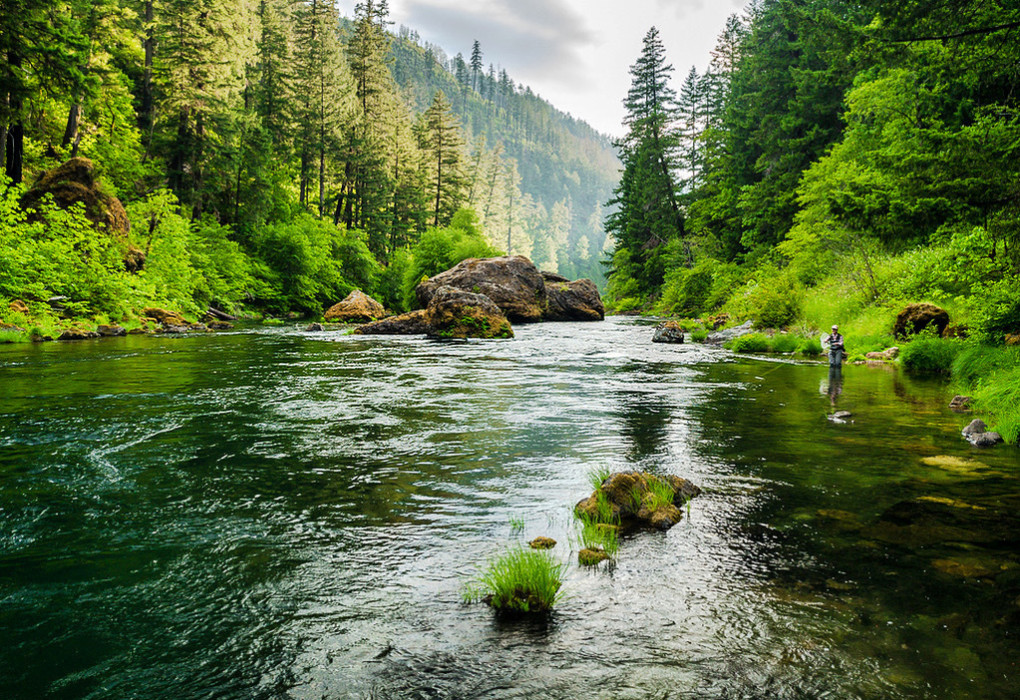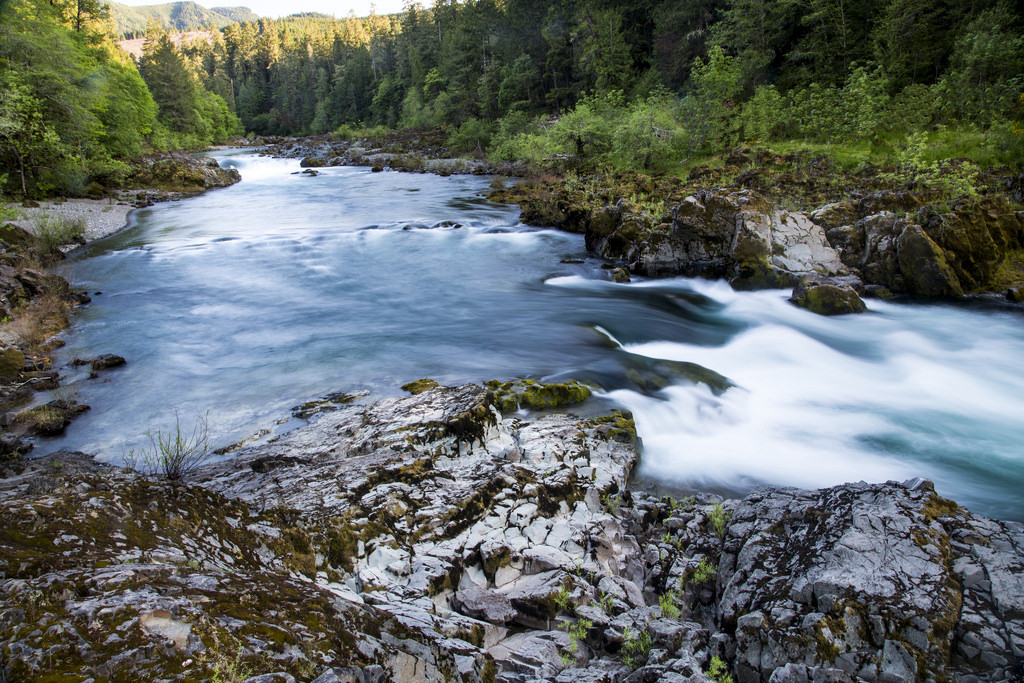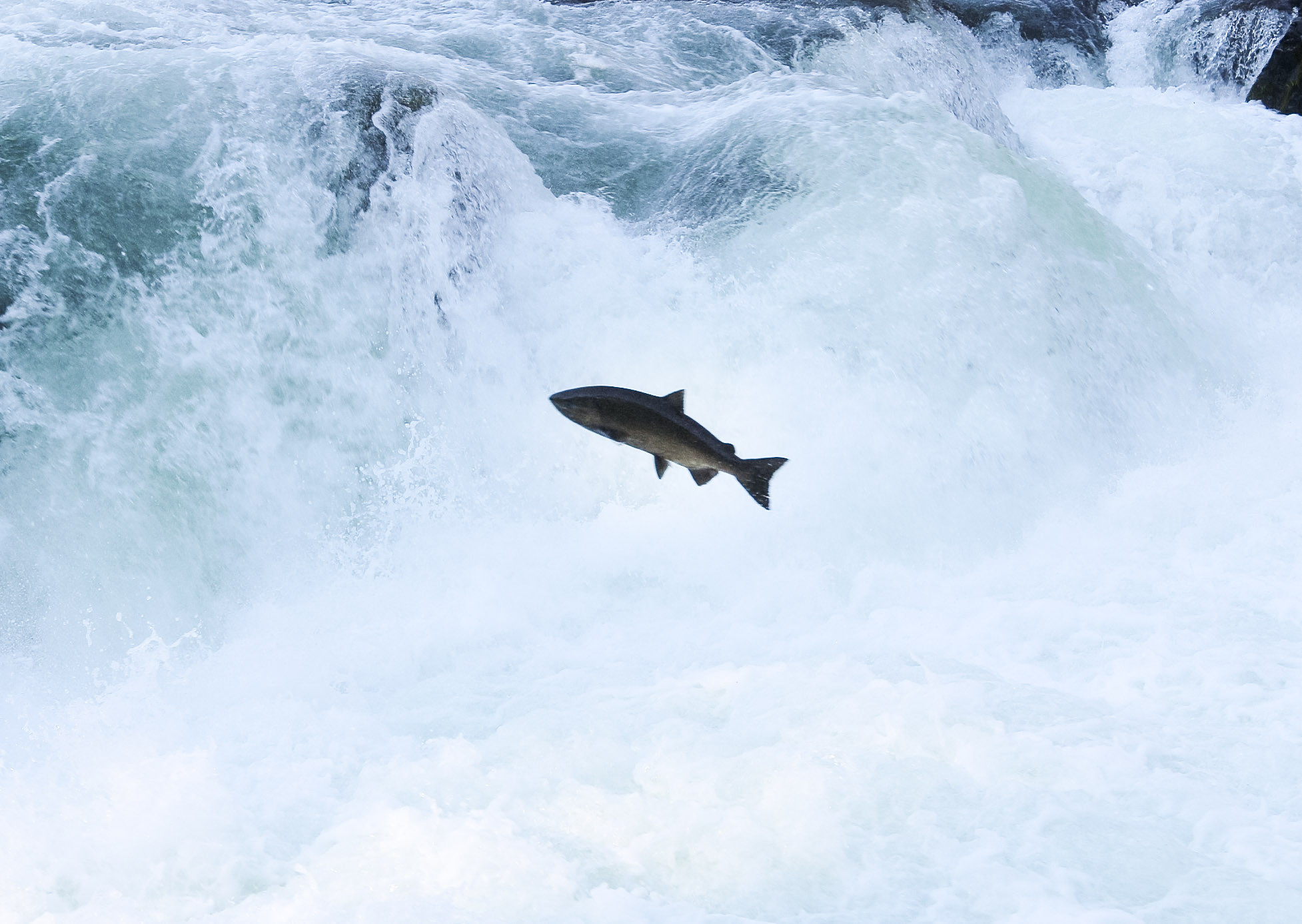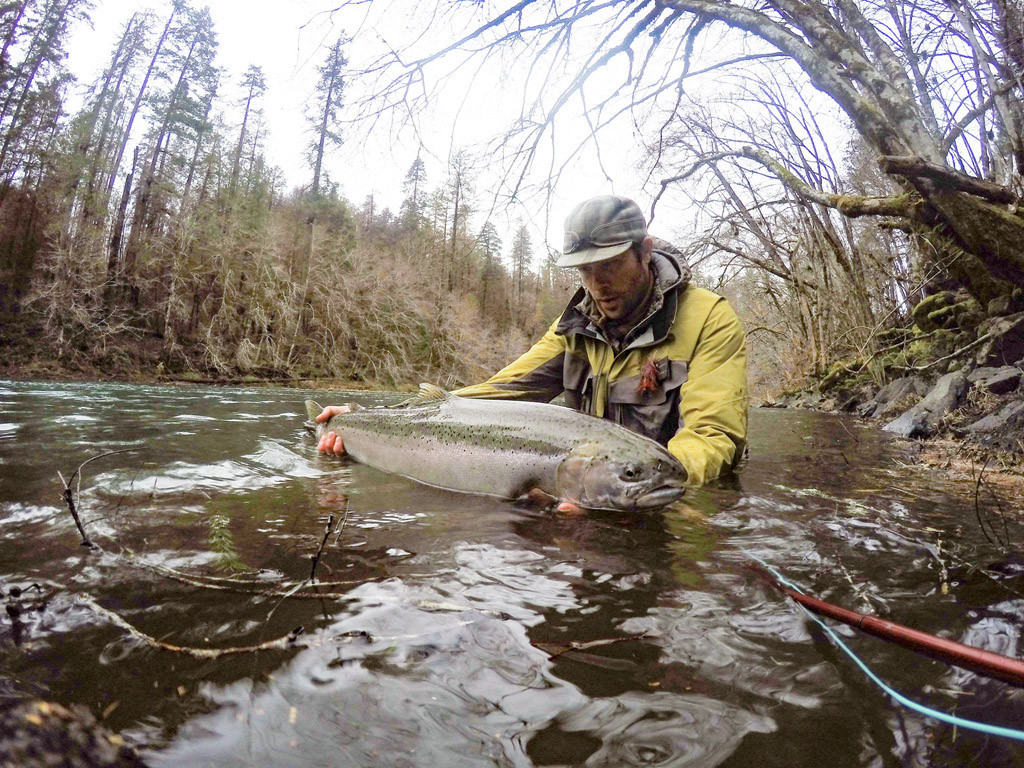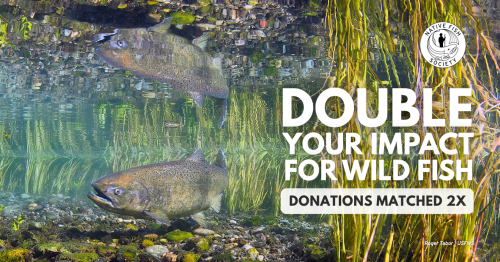
North Umpqua Notes: Vol. 1 - Why The North Umpqua Matters

Welcome to North Umpqua Notes, our new monthly series exploring the history, challenges, and future of one of Oregon’s most storied rivers.
Through these installments, we’ll dive into what makes the North Umpqua a sanctuary for native wild fish and why it remains a beacon of what’s still possible for rivers across the Pacific Northwest. We’ll highlight the people, projects, and policies shaping this river’s future, and share Native Fish Society’s ongoing efforts to restore and protect its wild abundance.
This is Part 1 of an ongoing series tied to our work advancing two key campaigns: North Umpqua River: Winchester Dam Removal and Reviving Wild Abundance: An All-Wild Steelhead North Umpqua River. Along the way, we’ll be sharing important milestones, ongoing efforts, and how you can be a part of this vital work. Additional parts and updates will be posted over the next several months. Stay tuned!
~~~~~~~~~~~~~
Why the North Umpqua Matters
A Sanctuary for Wild Anadromous Fish
The North Umpqua River is more than just a scenic treasure - it's one of the last strongholds for wild anadromous fish in the Pacific Northwest. From its headwaters in the Cascade Mountains down to its confluence with the South Umpqua, this river is revered by anglers, conservationists, and scientists alike for its cold, clean waters, intact habitat, and - most importantly - its resilient runs of wild steelhead and salmon. For organizations and individuals dedicated to the protection of wild fish, the North Umpqua represents both a success story and an urgent call to action.
For Native Fish Society, the North Umpqua stands as a living example of what’s still possible when a river remains largely wild and free. Our work here is grounded in the belief that protecting rivers like this, before they reach the brink of collapse, is the best recipe for the future of abundant wild, native fish across the Pacific Northwest.
What makes the North Umpqua truly exceptional is the quality and diversity of its habitat. With a largely forested and protected watershed, much of it within the Umpqua National Forest, the river maintains the cool temperatures and complex stream structure that wild fish depend on. The North Umpqua is managed quite differently than the rest of the Umpqua basin due to the Aquatic Conservation Strategy in the 1994 Forest Plan and Congressional designation of the Frank and Jeanne Moore Wild Steelhead Sanctuary in 2019. It is one of the few rivers in the lower 48 states where wild summer steelhead still return in significant numbers and one of only three coastal Oregon rivers with wild summer steelhead. These fish journey hundreds of miles from the ocean, navigating countless challenges to spawn in the same gravel beds where they were born - a natural cycle that has sustained for millennia.
That resilience is something worth replicating, not just preserving. The North Umpqua shows us what recovery can look like when wild fish lead the way - a model we’re working to advance across other homewaters throughout the region.
Wild anadromous fish are more than just a natural wonder; they are a keystone species, playing a critical role in both aquatic and terrestrial ecosystems. Their presence signals a healthy river. In turn, they feed bears, birds, forests, and people. Wild fish are also better adapted to their homewaters and have higher reproductive success than hatchery fish. Genetic diversity, honed by natural selection, allows them to persist through changing ocean conditions and climate pressures, and makes them essential to the long-term survival of salmonid populations.
Despite the river’s natural wealth, the presence of hatchery fish threatens to undermine its wild legacy. Hatchery programs, originally intended to supplement declining populations, have proven to be a double-edged sword. Scientific studies have consistently shown that hatchery fish interbreed with wild populations, weakening their genetic fitness and reducing long-term survival. Hatchery fish can also outcompete wild juveniles for food and habitat, and attract greater numbers of predators.
Every river deserves this same chance at recovery - none should be written off as a 'sacrificial', regardless of their current status. Healthy, wild rivers provide clean, cold water and resilient ecosystems that support thriving local communities, cultures, and economies.
For these reasons, we strongly believe the North Umpqua River should be managed as an all-wild river - free from hatchery intervention. Transitioning to a wild-only policy would not only protect the river’s unique fish populations, but also restore its ecological integrity and cultural significance. The North Umpqua is already world-famous among fly fishers for its wild summer steelhead. A commitment to wild-only management would enhance its reputation as a global destination for ethical, conservation-minded angling.
In an era where wild salmon and steelhead are in crisis across the Pacific Northwest, the North Umpqua offers rare hope. We must not squander this opportunity. By protecting and prioritizing wild fish over artificial propagation, we can ensure that this river continues to flow with life - for the fish, the forests, and the future generations who will cherish them.
~~~~~~~~~~~~~
Stay tuned for next month’s North Umpqua Notes, where we’ll continue to explore the currents shaping the river’s wild future - from habitat projects and policy shifts, to community partnerships, restoration success stories, and more!
If you have questions or ideas for topics you’d like to see featured in North Umpqua Notes, we’d love to hear from you! Send your thoughts to NFS Southern Oregon Coordinator Charles Gehr at charles@nativefishsociety.org, or learn more about our North Umpqua Campaigns here:
